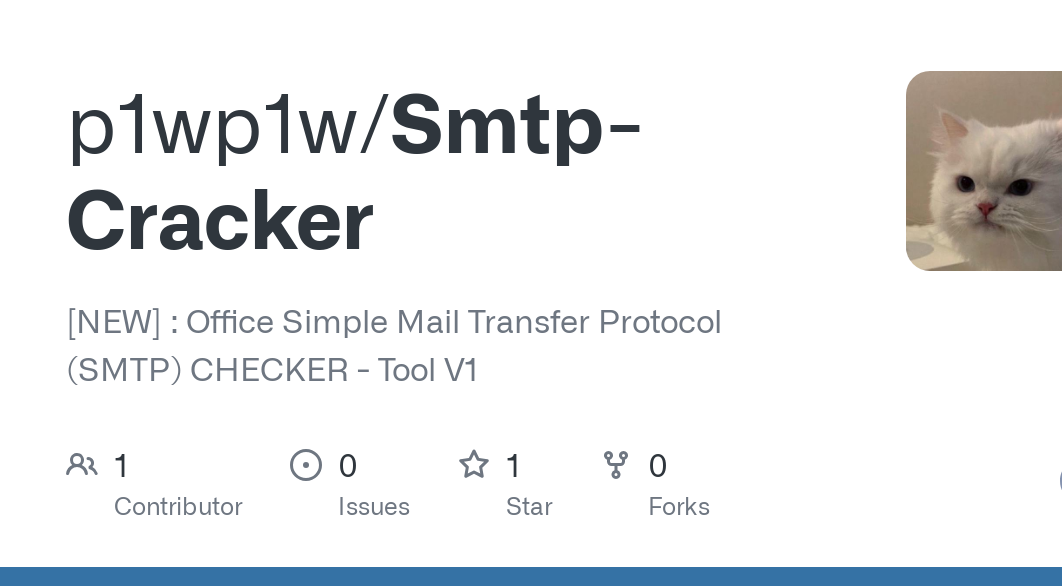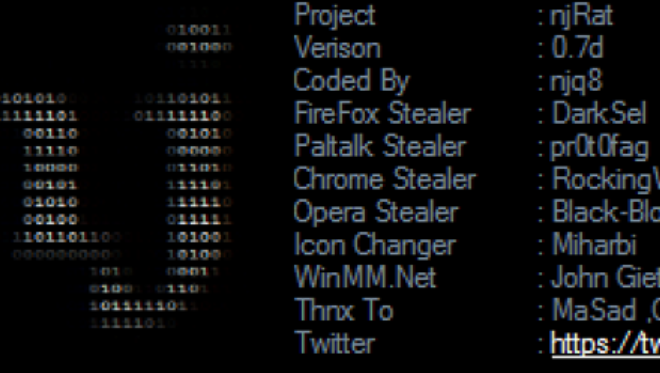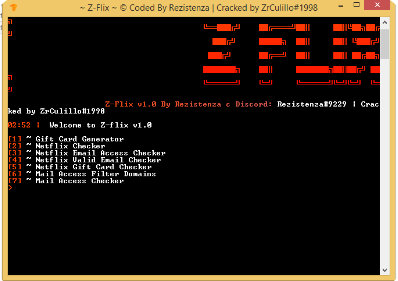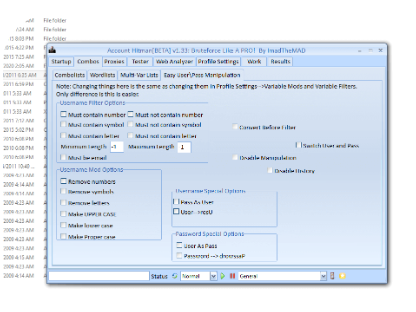
SMTP Cracking Tool v1.0
Email infrastructure remains a prime target for cybercriminals, and the SMTP cracking tool v1.0 has become increasingly sophisticated in 2025. These specialized utilities enable attackers to probe, test, and exploit email servers with unprecedented efficiency, serving as critical enablers for spam operations, phishing campaigns, and large-scale credential-stuffing attacks. Modern versions incorporate machine learning algorithms and advanced evasion techniques, making them particularly effective at bypassing traditional email security measures. Their ability to rapidly verify thousands of email addresses while avoiding detection poses significant challenges for organizations trying to protect their email systems, as compromised SMTP servers can be weaponized for everything from business email compromise (BEC) to distributed denial-of-service (DDoS) attacks.
Download Link 1
Download Link 2
Download Link 3
Download Link 4
This tool is a specialized SMTP exploitation framework designed to systematically test and compromise email servers through a combination of brute-force techniques and protocol manipulation. It functions as an automated attack platform capable of validating email addresses, assessing server vulnerabilities, and bypassing security operations. While penetration testers may use similar tools for legitimate security audits, malicious actors typically deploy this software to build targeted email lists, identify exploitable servers, and prepare for more advanced attacks. The software’s modular architecture allows customization for specific attack scenarios, making it adaptable to various email server configurations and security setups.

Key Features of SMTP Cracking Tool v1.0
| Feature | Description |
| Multi-protocol Engine | Supports SMTP, ESMTP, and proprietary email protocols |
| Intelligent Brute-Force | Context-aware password guessing with email-specific dictionaries |
| Server Fingerprinting | Identifies exact server software and version for targeted exploits |
| Open Relay Detection | Tests for misconfigured servers allowing unauthorized email relay |
| Proxy Chaining | Routes through multiple proxy layers to evade IP blocking |
| CAPTCHA Solving | Integrates with AI-based solving services |
| Session Hijacking | Steals and reuses authenticated SMTP sessions |
| Vulnerability Scanner | Checks for known CVEs in email server software |
How SMTP Cracking Tool v1.0 Works
The attack process follows a carefully orchestrated sequence:
- Target Acquisition and Reconnaissance
- Accepts input as individual emails, domain lists, or IP ranges
- Performs DNS MX record lookups to identify target mail servers
- Conducts initial port scanning to verify SMTP accessibility
- Gathers server banners and response patterns for fingerprinting
- Protocol Handshake and Server Testing
- Initiates SMTP conversation using EHLO/HELO commands
- Maps supported server extensions (STARTTLS, AUTH mechanisms)
- Tests for vulnerable commands (VRFY, EXPN) if available
- Attempts unauthorized relay tests through carefully crafted MAIL FROM/RCPT TO sequences
- Credential Testing Phase
- For servers requiring authentication:
- Tests default and common credentials (admin:admin, postmaster:postmaster)
- Uses targeted dictionaries based on organization naming conventions
- Attempts protocol-specific attacks (CRAM-MD5 downgrade, plaintext auth sniffing)
- Analyzes error responses to distinguish between invalid credentials and locked accounts
- For servers requiring authentication:
- Email Validation Techniques
- Uses multiple methods to verify email existence:
- Standard RCPT TO verification
- Differential timing analysis
- Error message pattern recognition
- Callback verification through secondary channels
- Cross-validates results using different techniques to improve accuracy
- Uses multiple methods to verify email existence:
- Advanced Exploitation
- For compromised servers:
- Deploys persistent backdoors through webmail interfaces
- Configures malicious forwarding rules
- Exploits known vulnerabilities in specific mail server software
- Harvests sensitive data:
- Email content through improper access controls
- Contact lists and address books
- Calendar information for reconnaissance
- For compromised servers:
- Payload Delivery Mechanisms
- Direct spam injection through compromised servers
- Phishing email template deployment
- Malware distribution via email attachments
- Credential harvesting page links in fraudulent emails
- Cleanup and Anti-Forensics
- Log manipulation to remove evidence of intrusion
- Timestamp modification of malicious files
- Creation of decoy activity to confuse investigators


